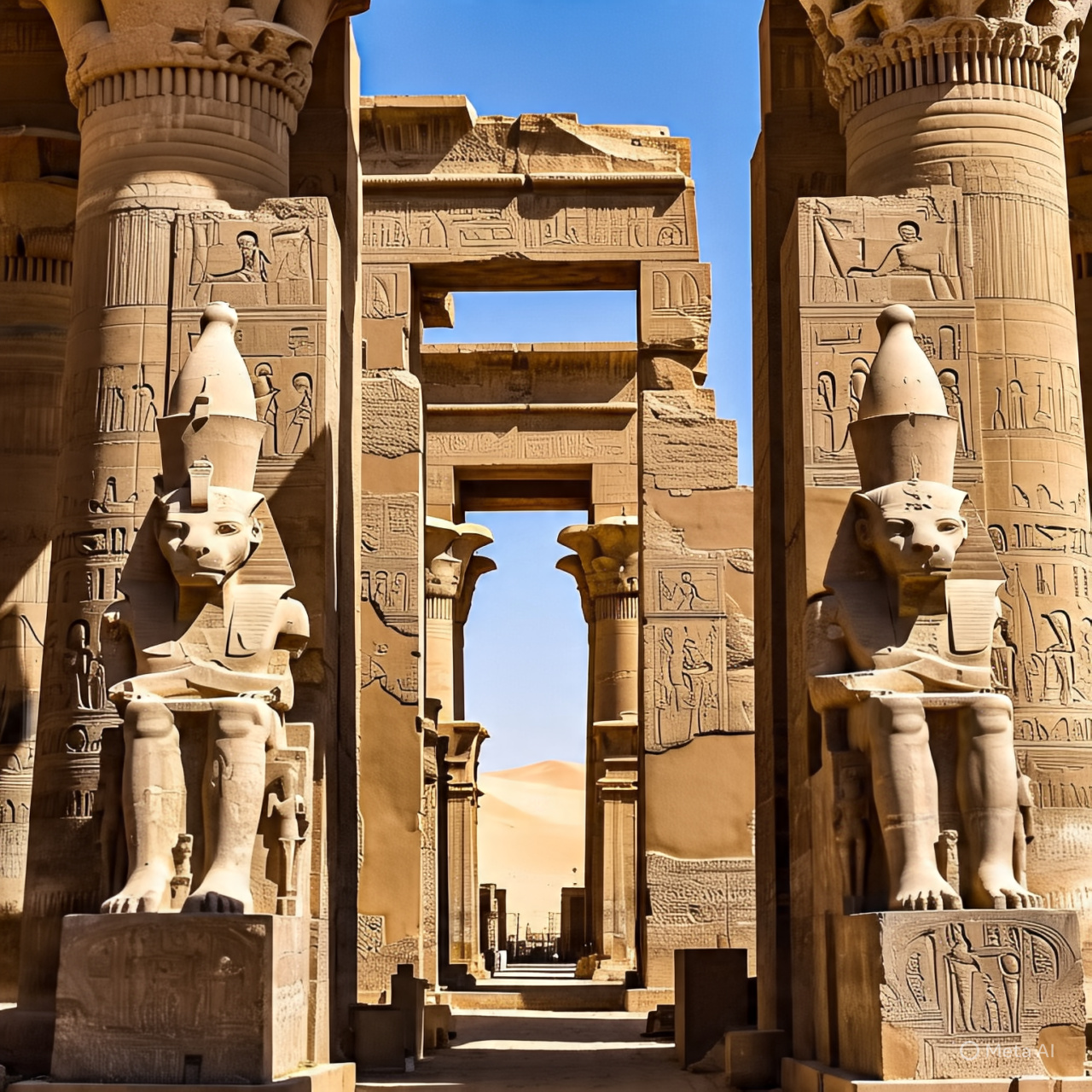Abu Simbel Temples: A Marvel of Ancient Egyptian Architecture
Located in the southern part of Egypt, near the border with Sudan, the Abu Simbel temples are one of the most impressive archaeological sites in the world. Built in 1264 BC during the reign of Pharaoh Ramses II, these temples are a testament to the grandeur and engineering prowess of ancient Egyptian civilization.
The temples were carved out of the mountainside and consisted of two main structures: the Great Temple of Ramses II and the Temple of Nefertari, dedicated to the pharaoh’s beloved wife. The Great Temple features four colossal statues of Ramses II, each standing 65 feet tall, while the smaller temple has six statues of the pharaoh and Nefertari.
The temples were originally built to commemorate Ramses II’s victory at the Battle of Kadesh in 1274 BC and to intimidate the neighboring Nubians. However, they also showcase the advanced engineering skills of the ancient Egyptians, who were able to construct such massive structures in a remote location.
In the 1960s, specifically between 1964 and 1968, the temples faced a significant threat from the construction of the Aswan High Dam, which would have submerged them underwater. Thanks to a massive relocation effort led by UNESCO, the temples were dismantled and reassembled on higher ground, preserving them for future generations.
The relocation project was completed in 1968, and the temples were reopened to the public. Today, the Abu Simbel temples are a UNESCO World Heritage Site, designated as such in 1979, and a must-visit destination for anyone interested in ancient Egyptian history and architecture. Visitors can marvel at the intricate carvings and hieroglyphics that adorn the walls and take in the breathtaking views of Lake Nasser.
The temples’ remote location makes them a challenging but rewarding destination. Visitors can reach Abu Simbel by plane, boat, or road, and the site offers stunning views of the surrounding desert landscape.
Abu Simbel is a true marvel of ancient engineering and a testament to the enduring legacy of Egyptian civilization. Its grandeur and beauty continue to inspire wonder and awe in all who visit.





